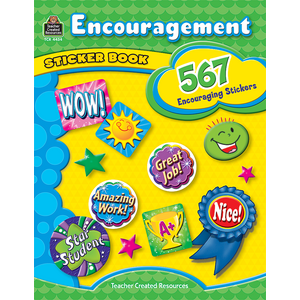Every student in your class needs good test-taking skills, and almost all of them will need to be taught these skills. Even fluent readers and extremely logical students will fare better on standardized tests if they are taught a few simple skills for taking tests.
Test-Taking Skills
- The ability to follow complicated and sometimes confusing directions: Teach students to break down the directions and translate them into easy, understandable words.
- The ability to scale back what they know and concentrate on just what is asked and is contained in the text: Show them how to restrict their responses. Question students on the answers when doing practice exercises and have them show where they found the answer in the text.
- The ability to rule out confusing distracters in multiple choice answers: Teach students to look for key words and match up the information from the text.
- The ability to maintain concentration during boring and tedious repetition: Use practice time to practice this and reward students for maintaining concentration. Explain to students why they are practicing and why their concentration is important for the day of the test.
Test-Taking Environment
There are also environmental elements that you can practice with throughout the year in order for your students to become more accustomed to them for the testing period.
- If your desks are pushed together, have students move them apart so they will be accustomed to the feel on test-taking day.
- Put a “Testing—Do Not Disturb” sign on the door.
- Require “test etiquette” when practicing: no talking, active listening, and following directions.
- Provide a strip of construction paper for each student to use as a marker.
- Establish a routine for replacing broken pencils. Give each student two sharpened pencils and have a back-up supply ready. Tell students they will need to raise their broken pencil in their hand, and you will give them a new one. One thing students should not worry about is the teacher’s reaction to a broken pencil.
- Read the instructions during practice sessions as you would when giving a standardized test so they grow accustomed to your test-giving voice.
- As a teacher, you probably realize that what is practiced daily is what is best learned. All of these practices work well to help students improve their scores.


